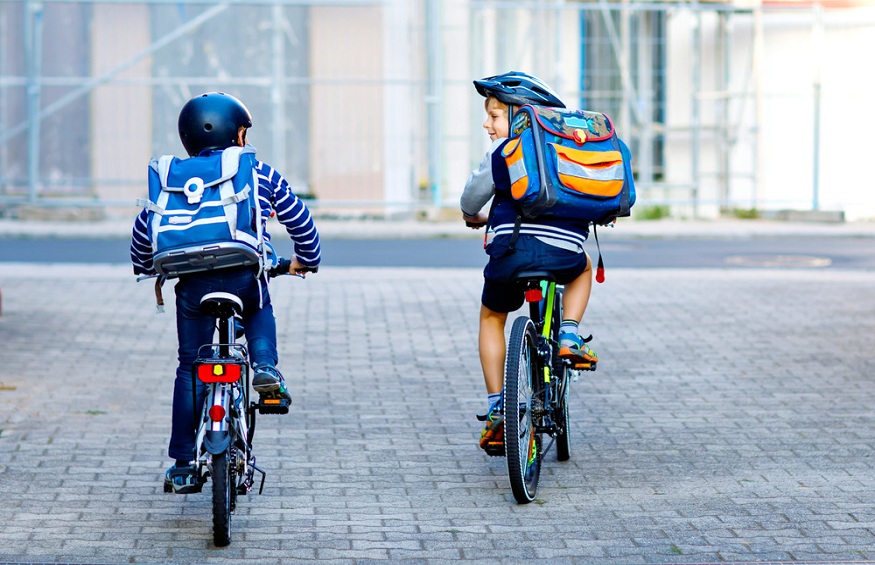For generations, training wheels were the standard way to teach children how to ride a bicycle. However, balance bikes have revolutionized the process of learning to cycle by letting kids master balancing first through pedal-free fun. Balance bikes, also known as run bikes or no-pedal bikes, are lightweight bikes for kids that have no pedals, drive train or gears. The good folk over at Woom explain that toddlers and preschoolers simply use their feet to scoot, coast, and glide along. This pedal-free progression develops critical skills through self-directed play, setting kids up for an easy, enjoyable transition to a pedal bike when the time is right.
Developing Balance Naturally
Training wheels prevent a bicycle from tipping over, but they also prevent a child from learning to balance themselves on two wheels. Kids become dependent on training wheels to stay upright. This leads to crashes or injuries when transitioning to a regular pedal bike with no support wheels. Balance bikes solve this issue by letting toddlers gradually develop innate balancing skills at their own pace.
Mastering Steering
In addition to balance, learning to steer properly is key to cycling success. Training wheels prevent kids from truly grasping steering principles since the wheels keep the bike moving straight regardless of handlebar turning. Balance bikes let kids learn to steer through natural trial and error. If they turn too sharply, the bike will tilt, and they will have to put a foot down to regain control. Quickly, toddlers figure out how to operate the handlebars to smoothly go the direction they want.
Building Confidence
Taking those first rides on a real bicycle can be scary for kids after relying on training wheels for stability. Pedaling while balancing is a foreign concept that often leads to crashes, injuries, and fear. Balance bikes erase that fear and build confidence. As kids coast along with their feet in control, there is no risk of painful pedal scrapes. The low seat makes it easy to put feet down to stop or steady themselves. Hand brakes help them learn controlled stopping.
Fostering Coordination and Leg Strength
Scooting around on a balance bike is powered by kids’ leg strength as they learn to propel themselves effectively. This builds powerful leg muscles needed for pedaling later on. Balance bikes also strengthen little ones’ back muscles and core as they work on remaining upright while maneuvering the bike. This muscle memory helps with cycling endurance once they move to traditional bikes.
Additionally, balance bikes foster overall coordination as kids practice stopping, starting, turning, speeding up, and slowing down. Their timing and motor skills improve dramatically just through play. This rhythm and coordination translates directly into competent and controlled pedaling abilities. Balance bikes form a solid foundation before adding pedals to the equation.
Making it Fun
Above all, balance bikes make learning to ride enjoyable for toddlers and preschoolers. Zipping around on these lightweight starter bikes gives them independence and a big kid thrill. There is no pressure, fear, or boredom – just imaginative play and pride in developing new skills. Kids remain motivated to keep progressing because they associate balance bikes with fun. This leads to cycling proficiency much faster than with training wheel drills.
Conclusion
Balance bikes have revolutionized how young kids learn to ride bicycles. By allowing toddlers to first master balancing, steering, coordination and confidence on a pedal-free bike, balance bikes make cycling skill-building safe and fun. Kids develop abilities naturally through independent play, with no pressure or fear of crashes. This sets them up for an easy, exciting transition to real bicycles once they’re developmentally ready.

